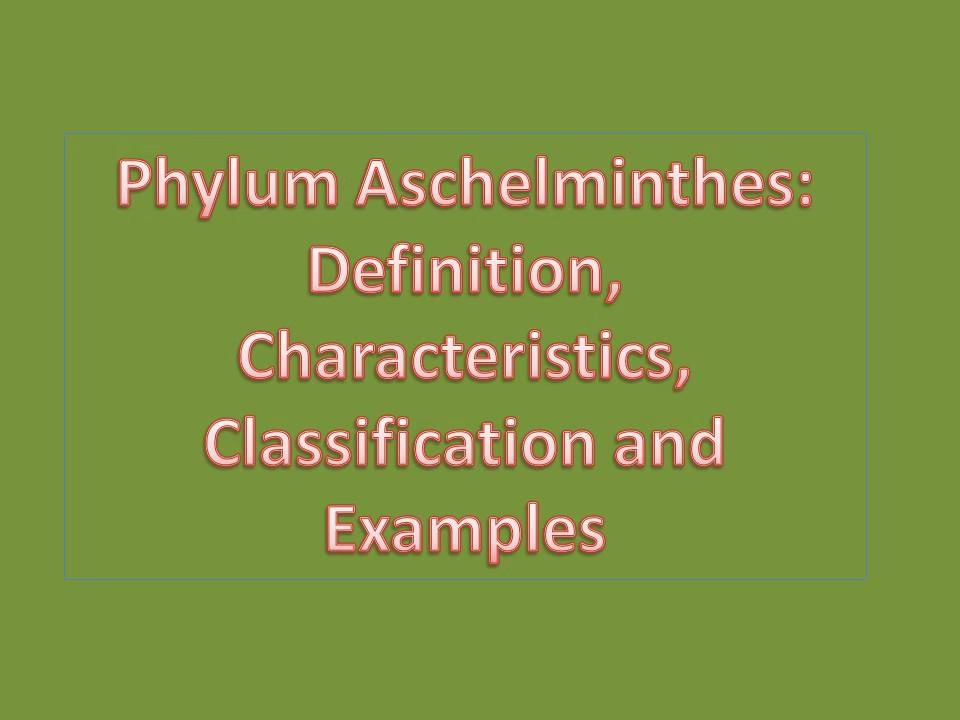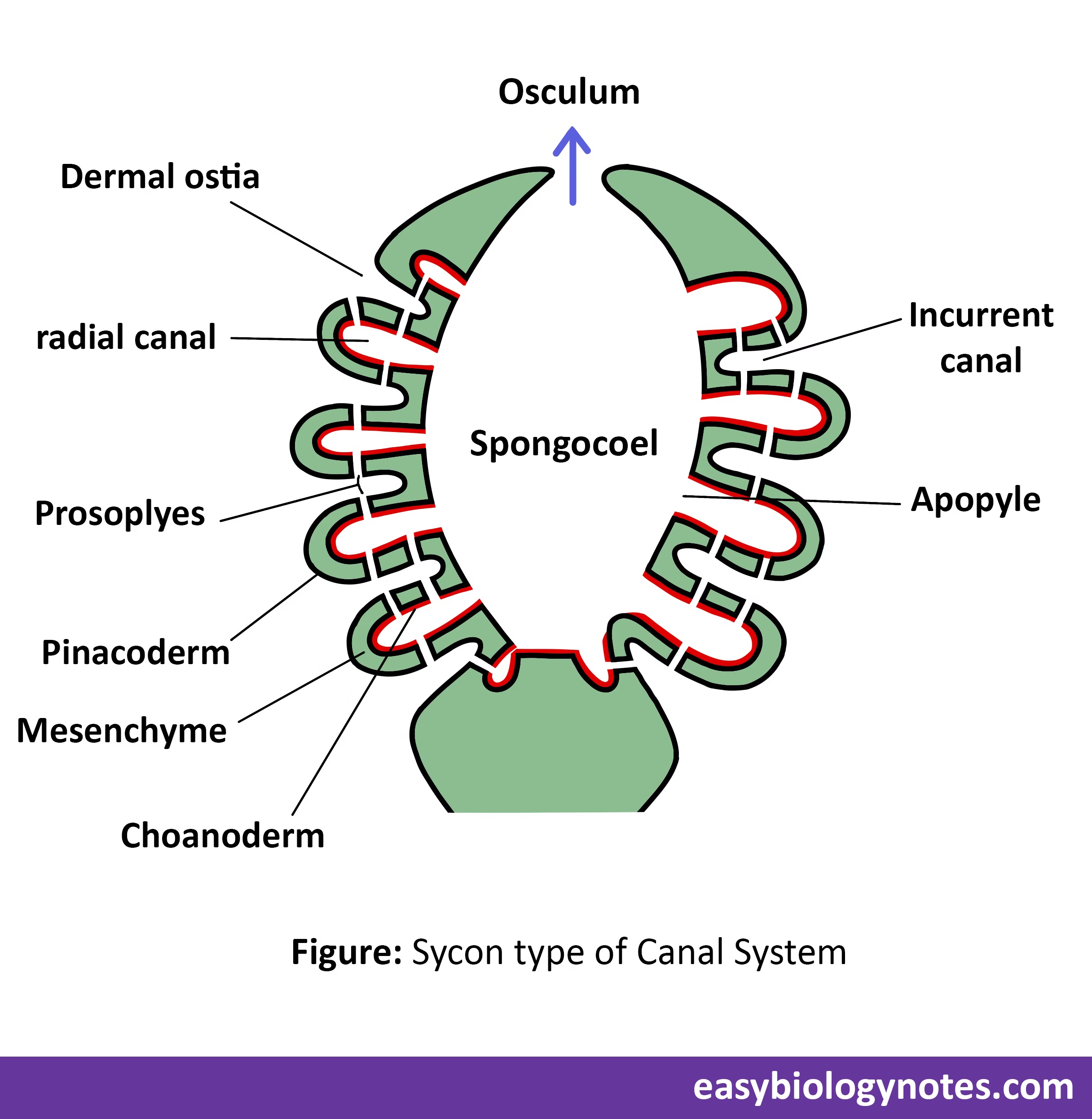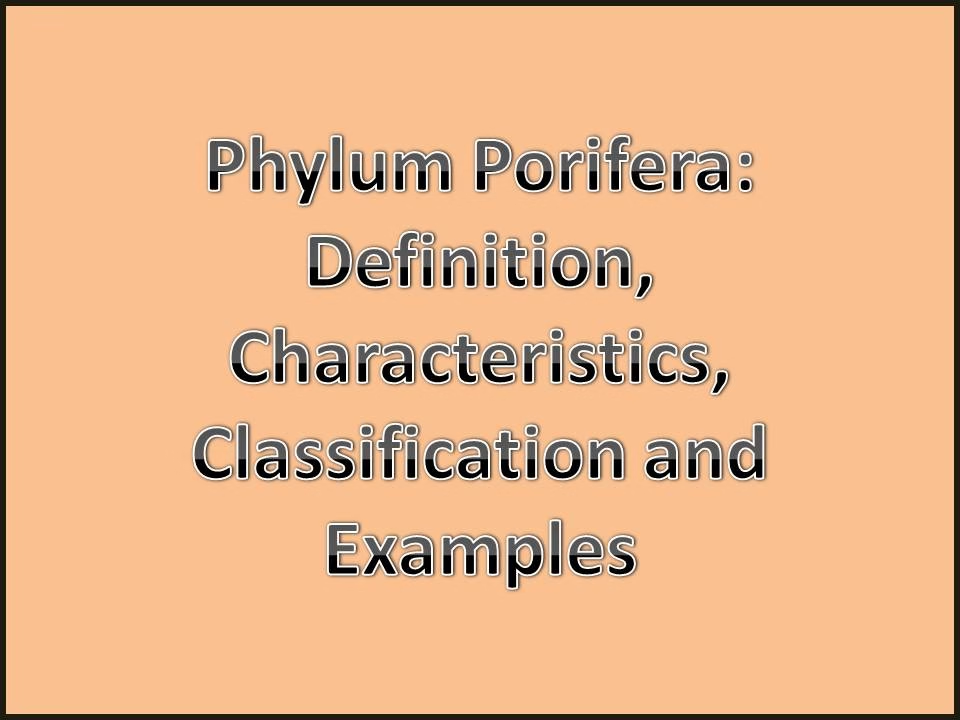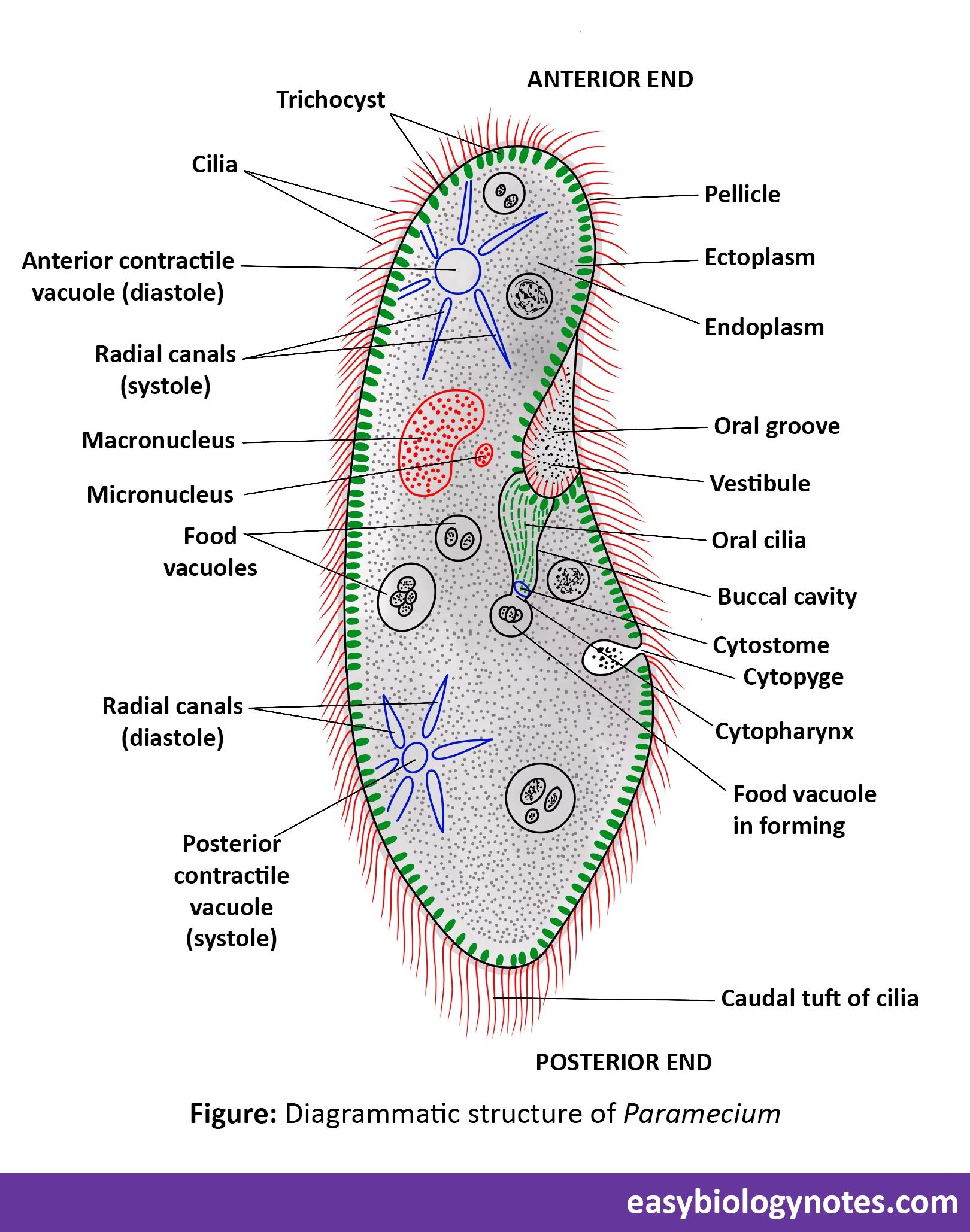Phylum Aschelminthes: Definition, Characteristics, Classification and Examples
Phylum Aschelminthes (Gr., askes = cavity ; helmins = worm) is a group of bilaterally symmetrical, unsegmented, and pseudocoelomate animals. They are typically characterized by a cylindrical or thread-like body covered with a tough, flexible cuticle. The phylum includes organisms that are predominantly aquatic or parasitic in nature, such as nematodes (roundworms).



